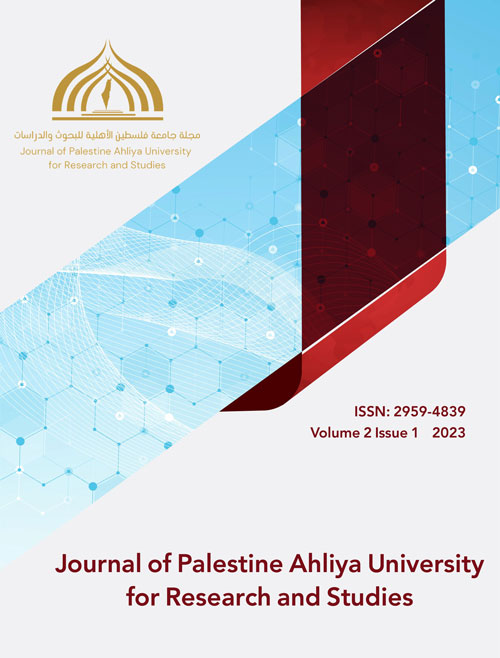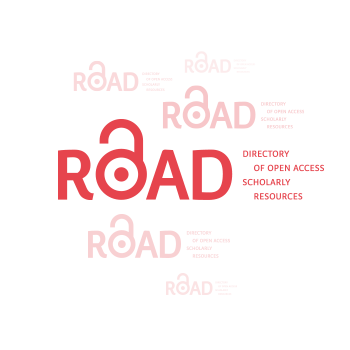Assessment of Unjustified Brain Ct Requests in The Emergency Room of The Public Health Care System in Palestine Case Study: Hebron Governmental Hospital
DOI:
https://doi.org/10.59994/pau.2023.1.145Keywords:
Brain CT, Unjustified examinations, Computed tomography, Cross-sectional brain imaging, Ionizing radiation, Emergency rooms, Standardized guidelinesAbstract
Computed tomography (CT), which gives doctors a precise cross-sectional image that clearly shows the features of the organs, is one of the most crucial pieces of medical imaging equipment. In contrast to other equipment, the CT scan may expose the patient to a very high dose of radiation. As a result of the hazards associated with imaging patients, the use of CT images must be restricted, especially when imaging the head. The aim of the study is to the evaluation of the percentage of unjustified brain CT requests at the emergency rooms of the governmental health sector in Palestine. The 1957-built Hebron Governmental Hospital (HGH) was chosen as a research study case with a clinical capacity of 237 beds and 596 staff members; it is one of the key Palestinian government hospitals currently operating in the Hebron Governorate of the West Bank-Palestine. Samples were taken from the hospital's emergency room between the first of the year and the end of the year in 2021. 6152 or so brain CT images were gathered. Following that, 500 instances were picked for the investigation. Radiologists were asked to assess 100 of these 500 cases to determine whether the patient needed a scan or not. According to the study, 78% of brain tomography images were for unjustifiable reasons. Additionally, it was revealed by the study's results that unnecessary head CT scans were more common than those from retrospective investigations. In particular, non-specialized doctors who request cross-sectional brain imaging for no apparent reason are to blame for this because of their lack of knowledge.
Downloads
References
Al-Nsoor, N. M., & Mhearat, A. S. (2010). Brain computed tomography in patients with syncope. Neurosciences Journal, 15(2), 105-109.
Al-Tell, A. (2019). Justification of Urgent Brain CT Examinations at Medium Size Hospital, Jerusalem. Atlas Journal of Biology, 655–660.
Beram, A., Alagha, S., & Abu-Safieh, Y. (2017). Rational use of brain CT scans at Al-Shifa Hospital in Gaza Strip: an analysis of hospital records. The Lancet, 390, S20.
WebMD (2017, February 2). What Is a CT Scan?. https://www.webmd.com/cancer/what-is-a-ct-scan
Mansoor, M., Gul, P., & Mahmood, S. (2018). Assessment of the effectiveness of computed tomography brain plain in headache patients. Pakistan Journal of Medical and Health Sciences, 12(2), 576–578.
Moradi, H., Chehre, H., Ghaderi, B., Saghatchi, F., Najafi, M., Karami, P., & Rezaeejam, H. (2021). Evaluating the Necessity and Radiation Risk of Brain CT Scans Requested by the Trauma Emergency Department. Journal of Biomedical Physics and Engineering. December 2020.
Radiologyinfo.org. (2022). What are the benefits of CT scans? In What Are the Benefits of Ct https://www.radiologyinfo.org/en/info/safety-hiw_04
Saleim, A. (2019). Head CT scans for Young Patients and Compliance with NICE Guidelines: A Retrospective Audit Ali Riyad Salem. Indian Journal of Forensic Medicine & Toxicology, 13, 297.
Shobeirian, F., Ghomi, Z., Soleimani, R., Mirshahi, R., & Sanei Taheri, M. (2021). Overuse of brain CT scan for evaluating mild head trauma in adults. Emergency Radiology, 28, 251-257.
Tan, X. M., Shah, M. T. B. M., Chong, S.-L., Ong, Y.-K. G., Ang, P. H., Zakaria, N. D. B., Lee, K. P., & Pek, J. H. (2021). Differences in radiation dose for computed tomography of the brain among pediatric patients at the emergency departments: an observational study. BMC Emergency Medicine, 21(1), 106.
Johns Hopkins Medicine. (n.d.). What is a CT scan?. https://www.hopkinsmedicine.org
Ugwuanyi, D. C., Sibeudu, T. F., Irole, C. P., Ogolodom, M. P., Nwagbara, C. T., Ibekwe, A. M., & Mbaba, A. N. (2020). Evaluation of common findings in brain computerized tomography (CT) scan: A single center study. AIMS neuroscience, 7(3), 311.
Zahabi, S. S., Rafiei, H., Torabi, F., Salehi, A., & Rezaei, B. (2020). Evaluation of causes of brain CT scan in patients with minor trauma. International Journal of Surgery Open, 27, 220-224.
Zarb, F., & Xerxen, P. J. (2009). Justification of CT brain when referred as accident and emergency (Bachelor's thesis, University of Malta).

Downloads
Published
How to Cite
Issue
Section
License
Copyright (c) 2023 Journal of Palestine Ahliya University for Research and Studies

This work is licensed under a Creative Commons Attribution 4.0 International License.
مجلة جامعة فلسطين الاهلية للبحوث والدراسات تعتمد رخصة نَسب المُصنَّف 4.0 دولي (CC BY 4.0)











